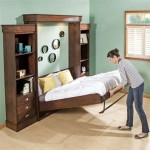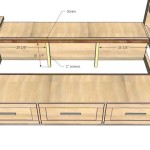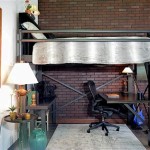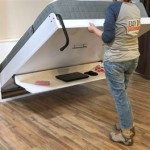Bed Lift Standard Size: Crucial Aspects for Optimal Utilization
Understanding the essential aspects of bed lift standard size is pivotal for ensuring proper functioning, safety, and patient comfort. These factors play a significant role in determining the efficiency and adaptability of bed lifts, which are crucial devices in healthcare settings. Here are some key aspects to consider:Width and Length
The width and length of a bed lift determine the size of the bed it can accommodate. Standard bed sizes vary depending on the region and application, so it is essential to select a bed lift that is compatible with the intended bed. Proper width ensures that the bed platform fits securely within the lift's frame, while adequate length prevents any overhang or obstruction during operation.
Height Range
The height range of a bed lift refers to the vertical distance it can move the bed platform. A wider height range allows for greater flexibility in positioning the patient, facilitating activities such as patient transfer, bathing, and rehabilitation exercises. It is crucial to ensure that the height range aligns with the specific needs of the patient and healthcare environment.
Weight Capacity
The weight capacity of a bed lift is a critical factor in determining its suitability for a particular patient. It indicates the maximum weight the lift can safely lift and lower without compromising stability or performance. Proper weight capacity ensures that the bed lift can effectively support and move larger patients or accommodate additional equipment, such as patient monitoring devices.
Safety Features
Safety features are essential for ensuring the well-being of both patients and healthcare providers. Key safety aspects include emergency lowering mechanisms, anti-entrapment devices, and overload protection. These features provide peace of mind and help minimize risks associated with bed lift operation.
Power Source
Bed lifts can be powered by electricity, battery, or hydraulics. Each power source has its own advantages and limitations. Electrical lifts offer consistent power but require access to an electrical outlet, while battery-powered lifts provide portability but need regular recharging. Hydraulic lifts offer strength and durability but may be slower in operation.
Accessories
Accessories can enhance the functionality and convenience of a bed lift. Commonly used accessories include overbed tables, IV poles, and footboards. These accessories provide additional support and comfort for patients, enabling them to engage in various activities while in the lifted position.
Conclusion
The essential aspects of bed lift standard size are crucial for ensuring proper functionality, safety, and patient comfort. By carefully considering width and length, height range, weight capacity, safety features, power source, and accessories, healthcare providers can select the most appropriate bed lift for a specific patient and environment, optimizing patient care and improving outcomes.
Hospital Nhs Lifts Curti

Hospital Nhs Lifts Curti

Pin On In Guide To Interior Design Mood Board

Standard Size Safe Bed Lift Stretcher Compliant Hospital Elevator China Car Made In Com

Hospital Bed Storage Vertical Lifts For Biomedical Equipment Repairs

Mitsubishi Electric B750 Nexiez Mr Hospital Bed Elevator

Save Hospital Space With Automatic Stacking Bed Lifts

Mitsubishi Electric B1000 Nexiez Mr Hospital Bed Elevator

China Supplier Safety And Comfortable Standard Size 1600kg Elevator Bed Hospital Lift Stretcher Made In Com

Standard Size Safe Bed Lift Stretcher Compliant Hospital Elevator China Car Made In Com
Related Posts







